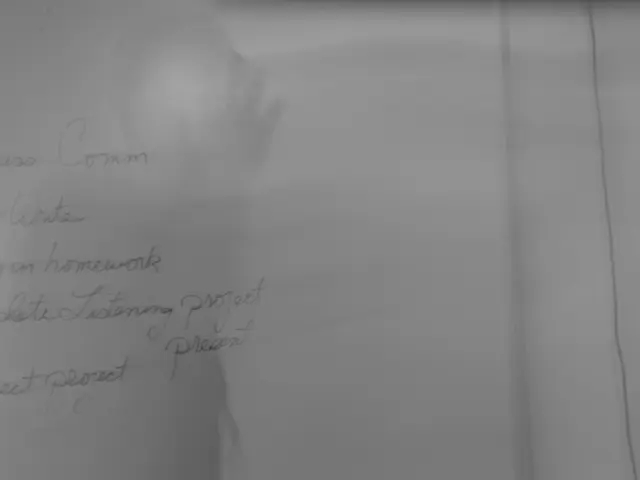Meteor shower known as the Perseids reaches its zenith on Tuesday night; here's some tips for catching a celestial spectacle.
Get ready for a celestial spectacle as the Perseid meteor shower is set to peak at 4 p.m. ET on Tuesday, August 12. However, the presence of a waning gibbous moon significantly reduces the visibility of this dazzling event.
With the moon about 83–85% illuminated, moonlight acts like natural light pollution, making it difficult to see anything but the brightest meteors. This means that the number of visible meteors drops from the usual 50–100 per hour under dark skies, to about 10–20 meteors per hour, a 75% decrease.
However, the viewing conditions are not entirely bleak. Observers can still catch a glimpse of the Perseids, especially during the short window between dusk and moonrise on the peak night, before the moon rises high in the sky. Some have reported spectacular bright meteors that outshine the moon’s glare, so while the viewing conditions are not ideal, the show is not entirely washed out.
The Perseids meteors shoot out in all directions from the constellation Perseus, which is located in the northern sky. Other celestial events accompanying the Perseids include the conjunction of Venus and Jupiter, shining brightly in the eastern sky before sunrise, and the rise of Saturn in the late evening hours on Tuesday, before midnight.
In addition to the Perseids, several other meteor showers are expected this year. The Orionids meteor shower will peak on October 22-23, the Southern Taurids on November 3-4, the Leonids on November 16-17, the Ursids on December 21-22, the Draconids on October 8-9, and the Geminids on December 13-14.
Despite the reduced visibility due to the moon, the Perseids meteor shower still offers a rewarding viewing experience. So, mark your calendars for Tuesday, August 12, and prepare for a dazzling display of celestial fireworks.
[1] Space.com [2] Skyandtelescope.com [3] NASA.gov [4] Stardate.org [5] Timeanddate.com
- Although the waning gibbous moon decreases the visibility of the Perseid meteor shower, viewers can still catch a glimpse of the Perseids, especially during the short window between dusk and moonrise on the peak night.
- In addition to the Perseids, other meteor showers like the Orionids, Southern Taurids, Leonids, Ursids, Draconids, and Geminids are expected this year, offering numerous opportunities for environmental-science and space-and-astronomy enthusiasts to observe celestial events.








